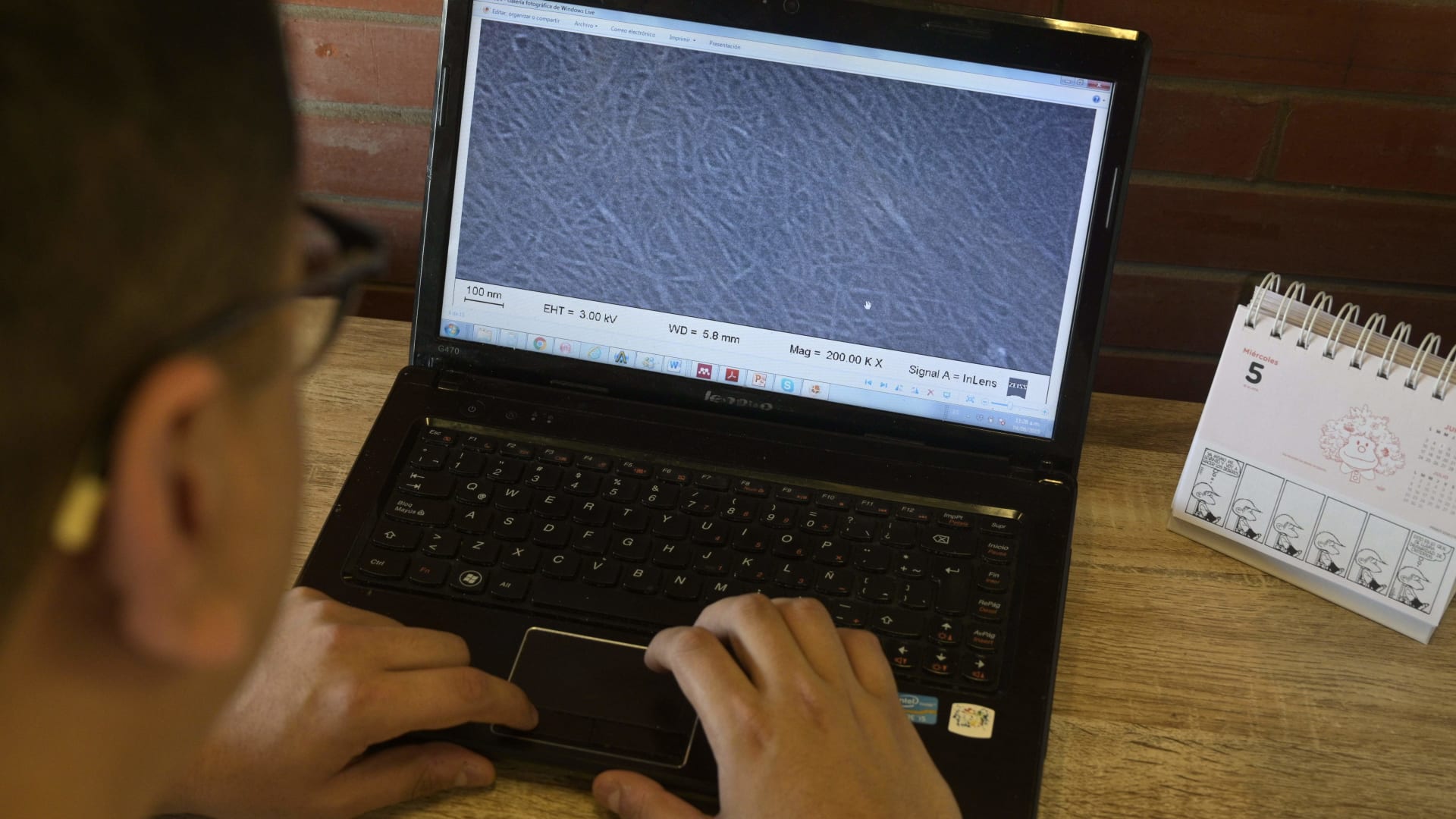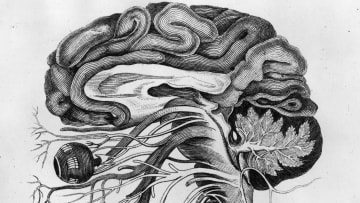دبي، الإمارات العربية المتحدة (CNN)-- إذا سألك والداك أو أجدادك عن كيفية نشر صورة على إنستغرام أو إرسال معايدة إلى أحد الأصدقاء عبر فيسبوك، تنصح دراسة جديدة بضرورة مساعدتهم.
والسبب أنّ الإنترنت قد يؤثر بشكل إيجابي على صحة عقولهم!
وأشارت دراسة نُشرت في مجلة الجمعية الأمريكية لطب الشيخوخة الأربعاء، إلى أنّ كبار السن الذين يستخدمون الإنترنت بانتظام، كانوا أقل عرضة للإصابة بالخرف.
ووجد الباحثون هذا الرابط بعد مرور حوالي 8 سنوات من تتبّع حالات 18,154 بالغًا، تتراوح أعمارهم بين 50 و65 عامًا، ولم يكونوا مصابين بالخرف عندما بدأت الدراسة.
وكان البالغون جزءًا من دراسة "الصحة والتقاعد"، وهي مجموعة بيانات متعددة التخصّصات من عينة تمثيلية من الأشخاص في الولايات المتحدة، تم جمعها بواسطة المعهد الوطني للشيخوخة وإدارة الضمان الاجتماعي.
وتم طرح سؤال بسيط على كل مشارك: "هل تستخدم الإنترنت بانتظام لإرسال بريد الإلكتروني، أو تلقّيه، أو لأي غرض آخر، مثل إجراء عمليات شراء، أو البحث عن معلومات، أو إجراء حجوزات سفر؟".
واتّضح أنّ الأشخاص الذين استخدموا الإنترنت هم أقل عرضة للإصابة بالخرف من الأشخاص الذين لم يستخدموا الإنترنت بشكل منتظم.
وأفادت الدكتورة فيرجينيا دبليو تشانغ، مؤلفة مشاركة في الدراسة، بأنّ العلماء لا يعرفون أسباب الخرف حتى الآن.
لذلك، لا يمكن للبحث الجديد تحديد الصلة الدقيقة بين استخدام الإنترنت وصحة الدماغ.
وقالت تشانغ، وهي أستاذة مشاركة في الصحة العامة العالمية بكلية الصحة العامة العالمية في جامعة نيويورك: "قد يساعد استخدام الإنترنت على تطوير الاحتياطي المعرفي والحفاظ عليه، والذي يمكن أن يُعوّض بدوره عن شيخوخة الدماغ، ويقلّل من خطر الإصابة بالخرف".
ورغم أنّ الإنترنت مليء بمقاطع فيديوهات خاصة بالقطط ونظريات المؤامرة، إلّا أنه يمكن أيضًا أن يكون محفّزًا فكريًا، وقد أظهرت بعض الدراسات أن التحفيز الفكري قد يساعد على الحد من الخرف.
وتعمل جمعية الزهايمر على دراسة تُعرف بـUS Pointer، وهي عبارة عن تجربة سريرية مدتها عامين، بحيث تحدد أنماط الحياة التي قد تقلل من خطر إصابة الشخص بالخرف.
ولا يمكن تغيير عوامل الخطر مثل تاريخ العائلة والعمر. لكن يعتقد العلماء أن هناك بعض السلوكيات الصحية التي يمكن أن تقلل من خطر هذا النوع من التدهور المعرفي.
ومن بينها: ممارسة التمارين الرياضية، والحصول على قسط كافٍ من النوم، والحفاظ على وزن صحي، ومراقبة ضغط الدم، والتحكم بنسبة السكر بالدم، والإقلاع عن التدخين، والبقاء على اتصال مع الآخرين.
ورغم أن تصفّح الإنترنت ليس من الأنشطة الرسمية المدرجة من قبل مراكز مكافحة الأمراض والسيطرة عليها، لكن هناك أدلة تشير إلى أن مزيدًا من الأبحاث يمكن أن تثبت هذا الرابط بشكل أفضل.
وأوضحت بعض الدراسات أن هناك فوائد عديدة من تدريب كبار السن على أجهزة الكمبيوتر. واقترحت أنّ الإنترنت يمكن أن يربطهم بشكل إيجابي بالآخرين، ويساعدهم على تعلم معلومات أو مهارات جديدة.
وتشير الأبحاث أيضًا إلى أن معظم كبار السن يستخدمون الإنترنت بشكل متكرر لأداء مهام أساسية، مثل قراءة البريد الإلكتروني، أو الأخبار، أو إدارة خدماتهم المصرفية.
ولكن يتعرف العديد منهم على منصات اجتماعية جديدة، مثل تطبيقي BeReal أو TikTok.
وتشير الدراسات إلى أن تعلم مهارات جديدة قد يساعد على الوقاية من الخرف.
ويمكن أن يؤدي استخدام كبار السن لمواقع التواصل الاجتماعي أيضًا إلى توثيق ارتباطهم بالآخرين وتقليل عزلتهم.
وأظهرت بعض الدراسات أن كبار السن الذين يعانون من الوحدة كانوا أكثر عرضة للإصابة بالخرف بثلاث مرات من أولئك الذين قالوا إنهم شعروا بارتباط اجتماعي مع الآخرين.









